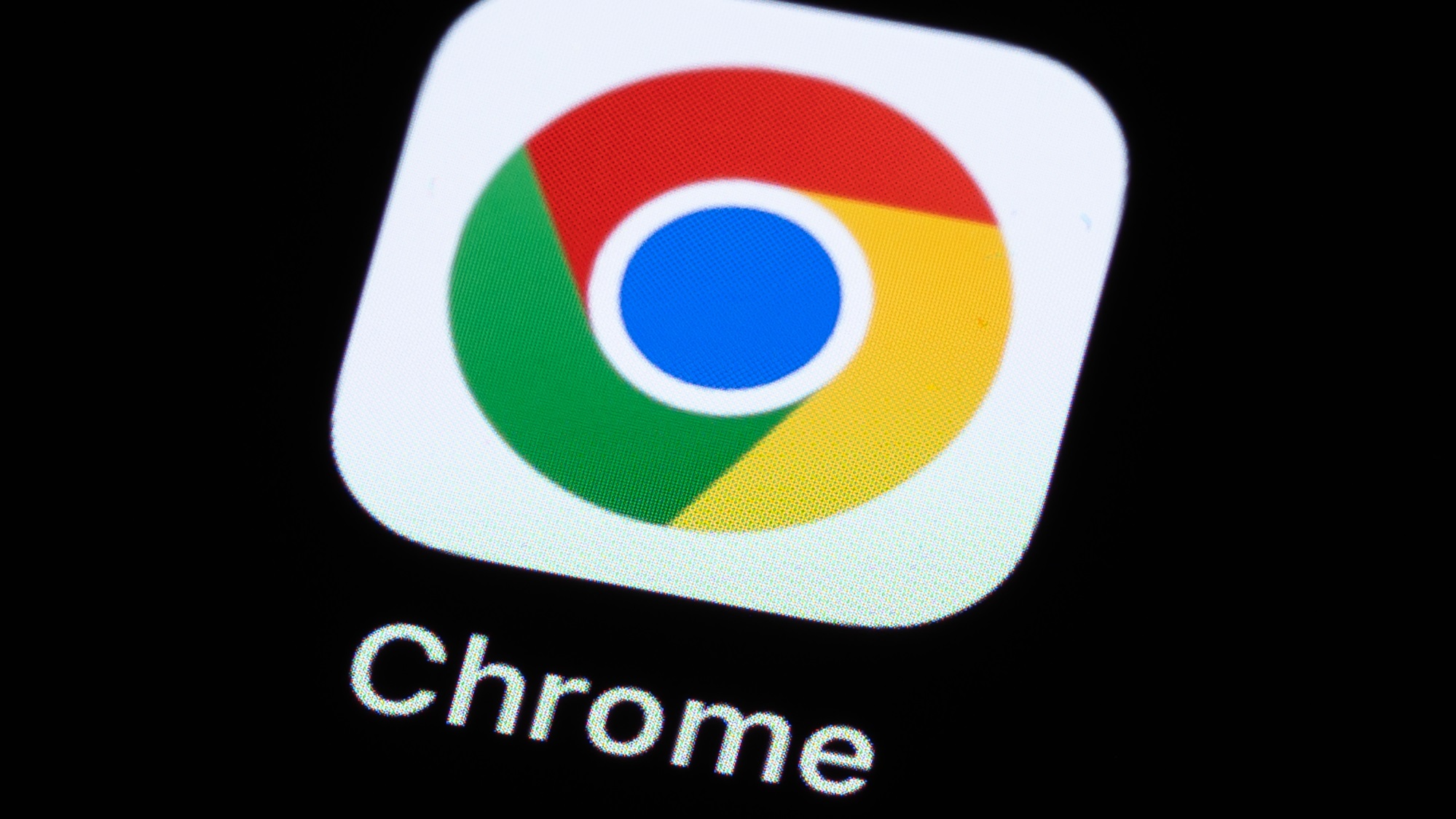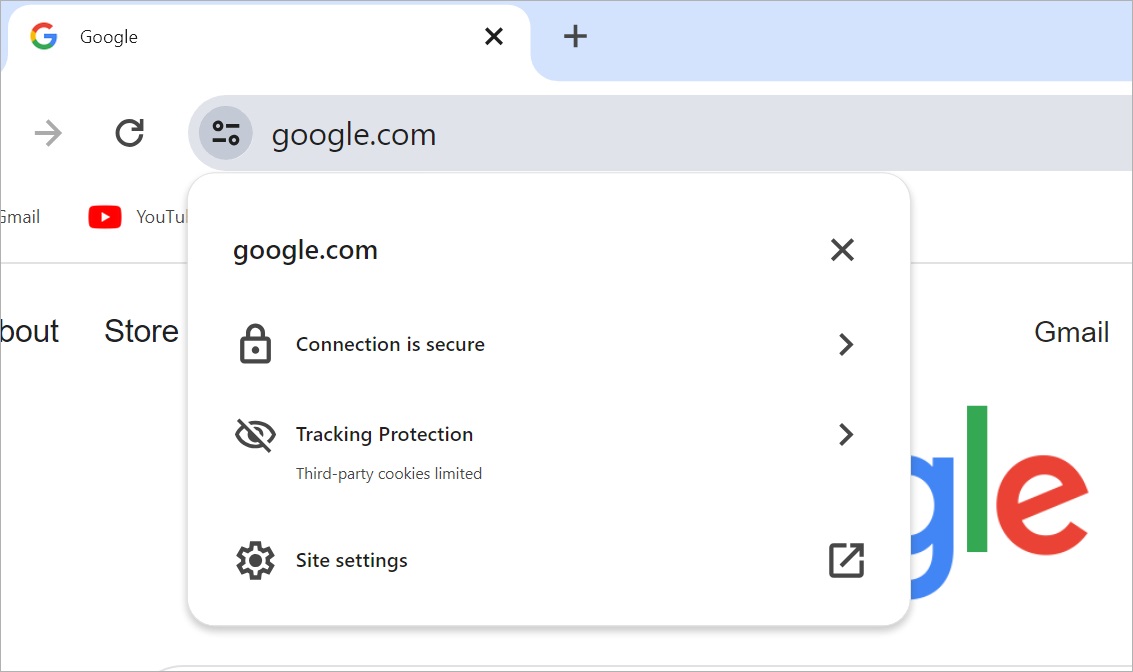Google has officially begun the process of phasing out third-party cookies. A new feature called Tracking Protection, which automatically restricts third-party cookies, started rolling out to 1% of Chrome users worldwide on January 4, 2024.
If you’re among those affected, you’ll receive a notification when you open Chrome on either desktop or Android devices.
Why this matters: If your marketing strategy heavily relies on targeted advertising through third-party cookies, it’s crucial to rethink your approach. Start optimizing your websites now, as Google plans to fully retire third-party cookies in the latter half of 2024.
Impact: The effect of the Tracking Protection tool rollout is still unfolding, but discussions among digital marketers on X suggest that many advertisers are not yet prepared for the removal of third-party cookies.

Potential Issues: If your site relies on third-party cookies and encounters issues due to the Tracking Protection rollout (such as needing to refresh a page multiple times), Chrome will prompt you to temporarily re-enable cookies by clicking the eye icon on the right side of the address bar.
What are third-party cookies? A third-party cookie is a small data file placed on a user’s device (computer, cellphone, or tablet) by a website other than the one the user is currently visiting. It tracks the user’s browsing history, allowing for personalized ads based on their activities.
Why now? Google sees phasing out third-party cookies by the second half of 2024 as a vital step in its Privacy Sandbox initiative.
However, the final decision hinges on resolving competition concerns raised by the UK’s Competition and Markets Authority.







Leave a Reply